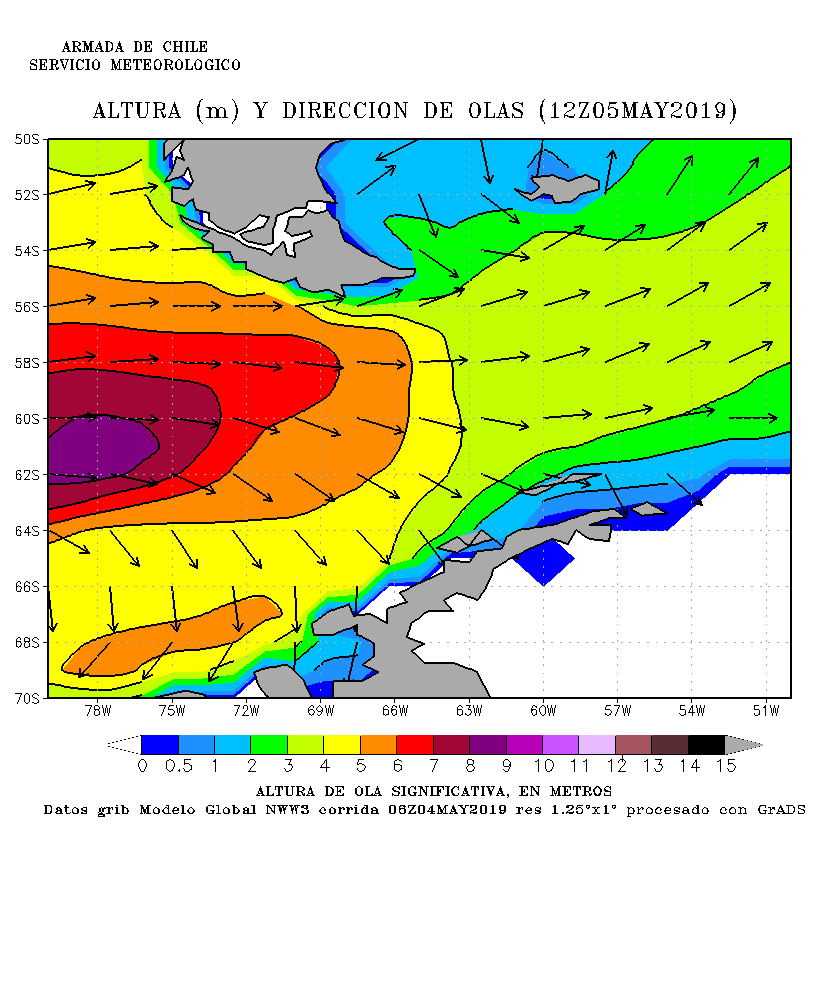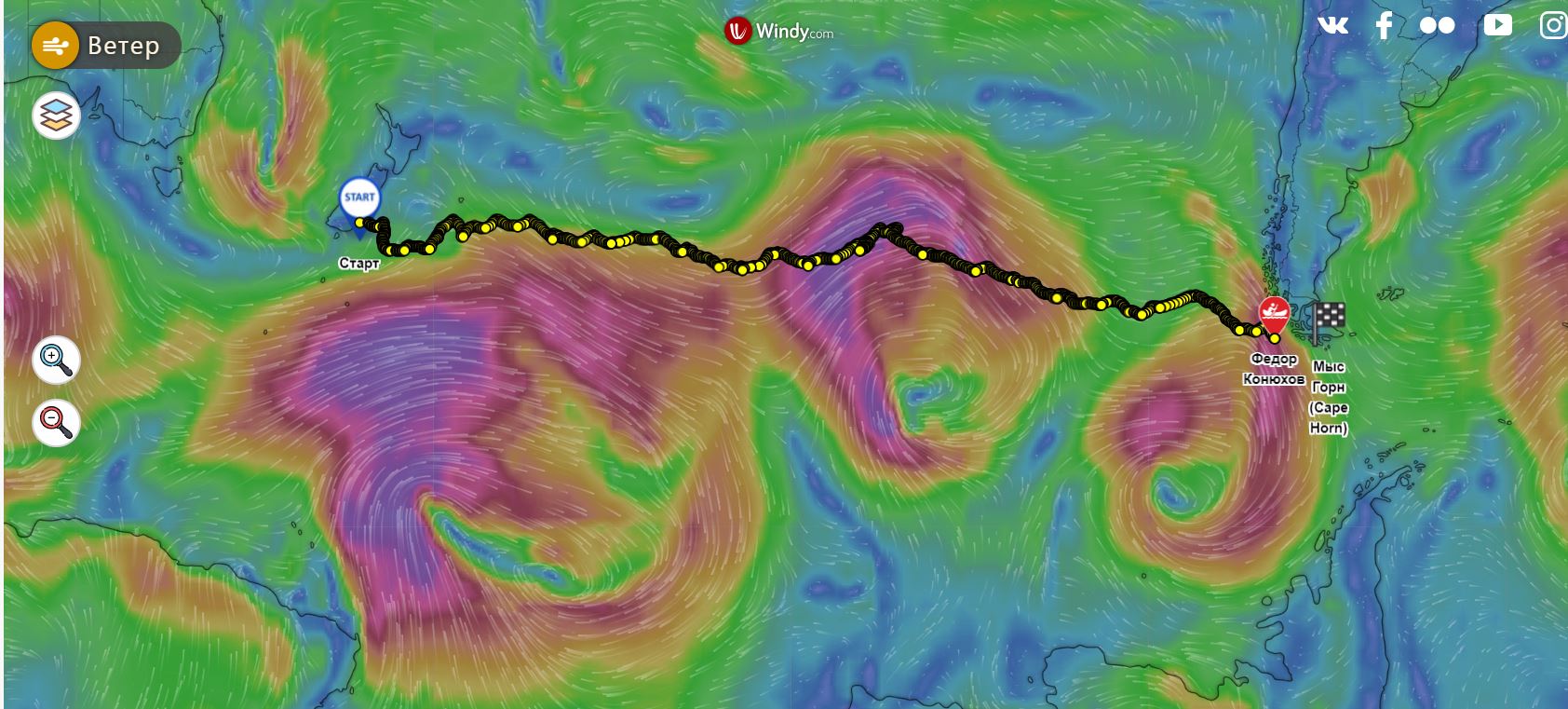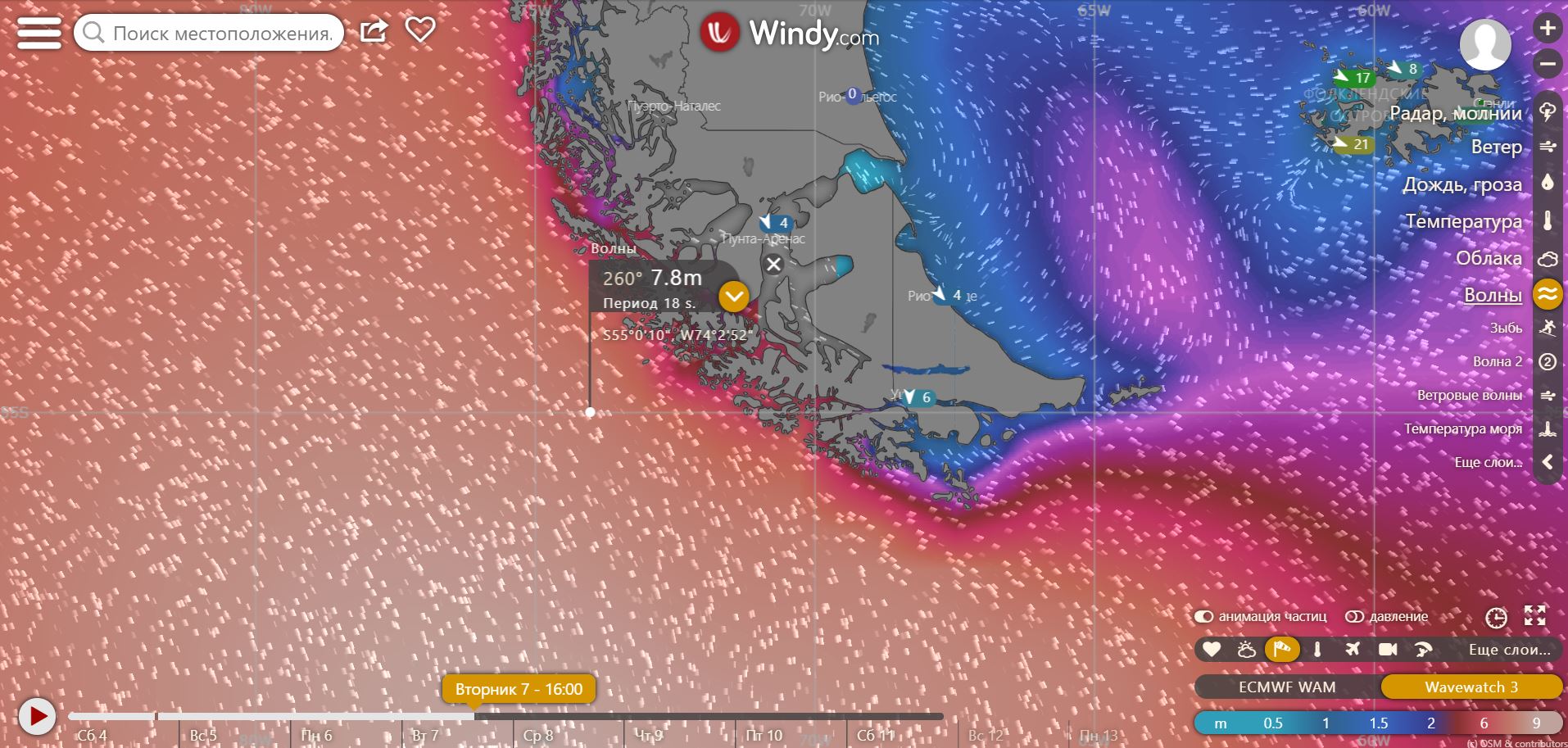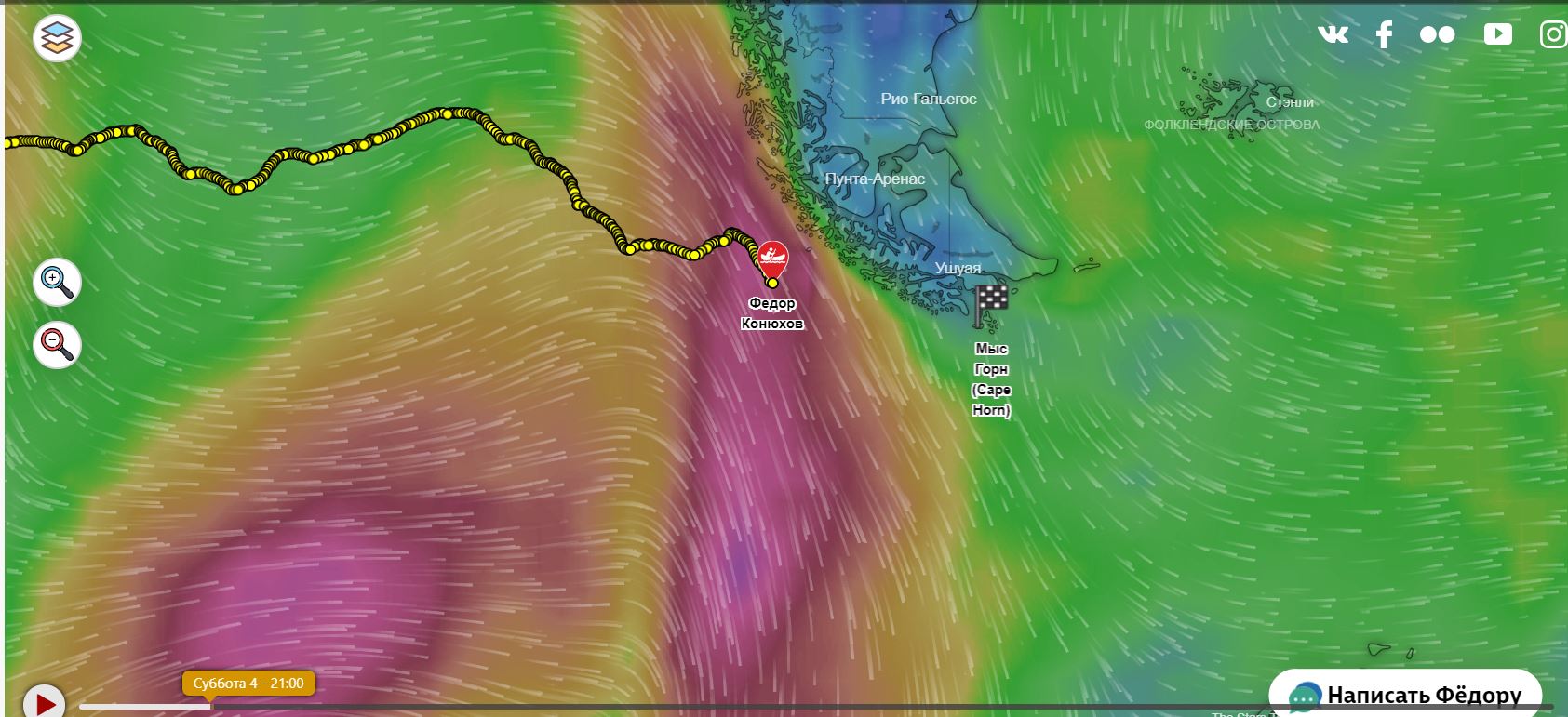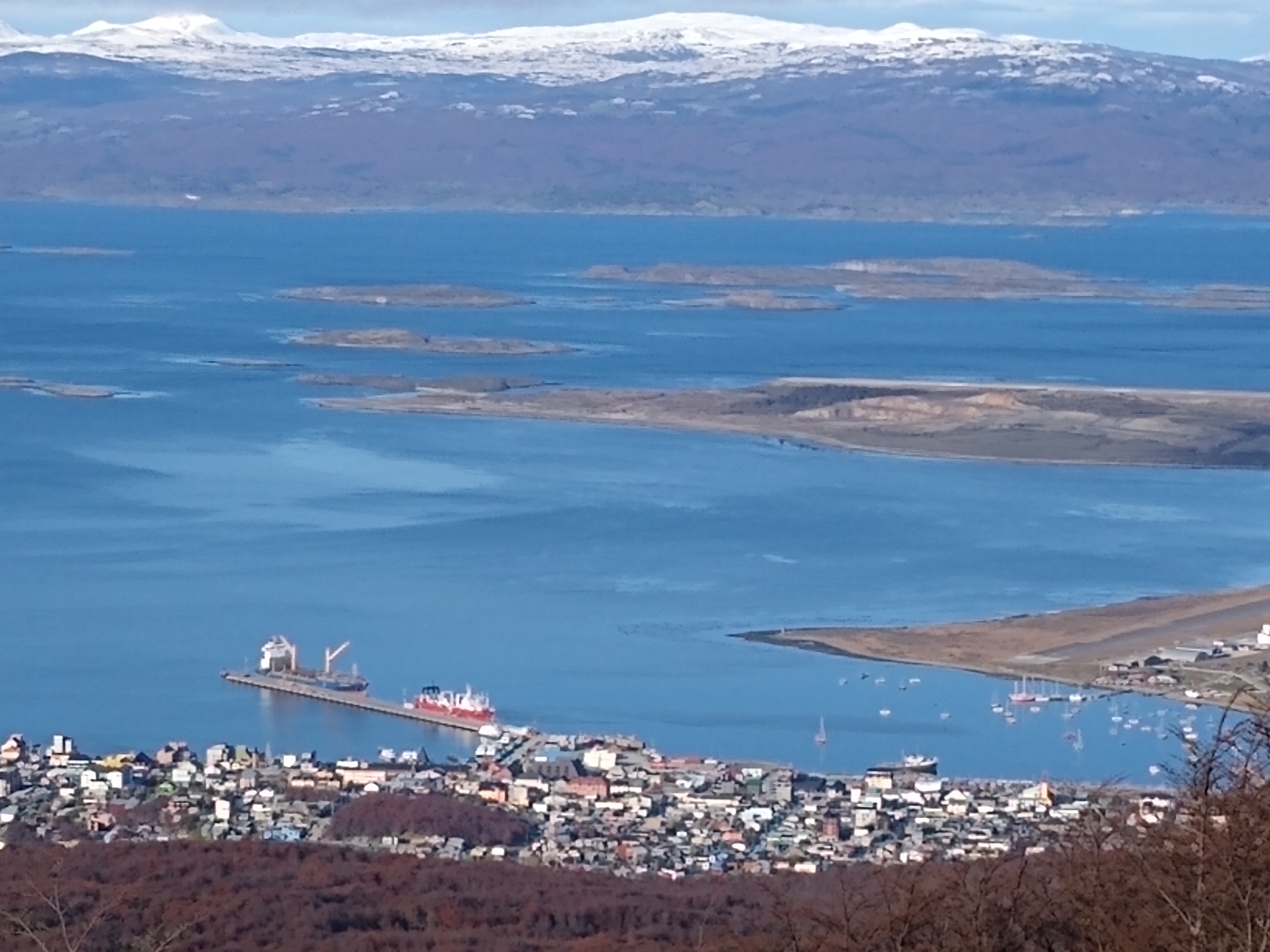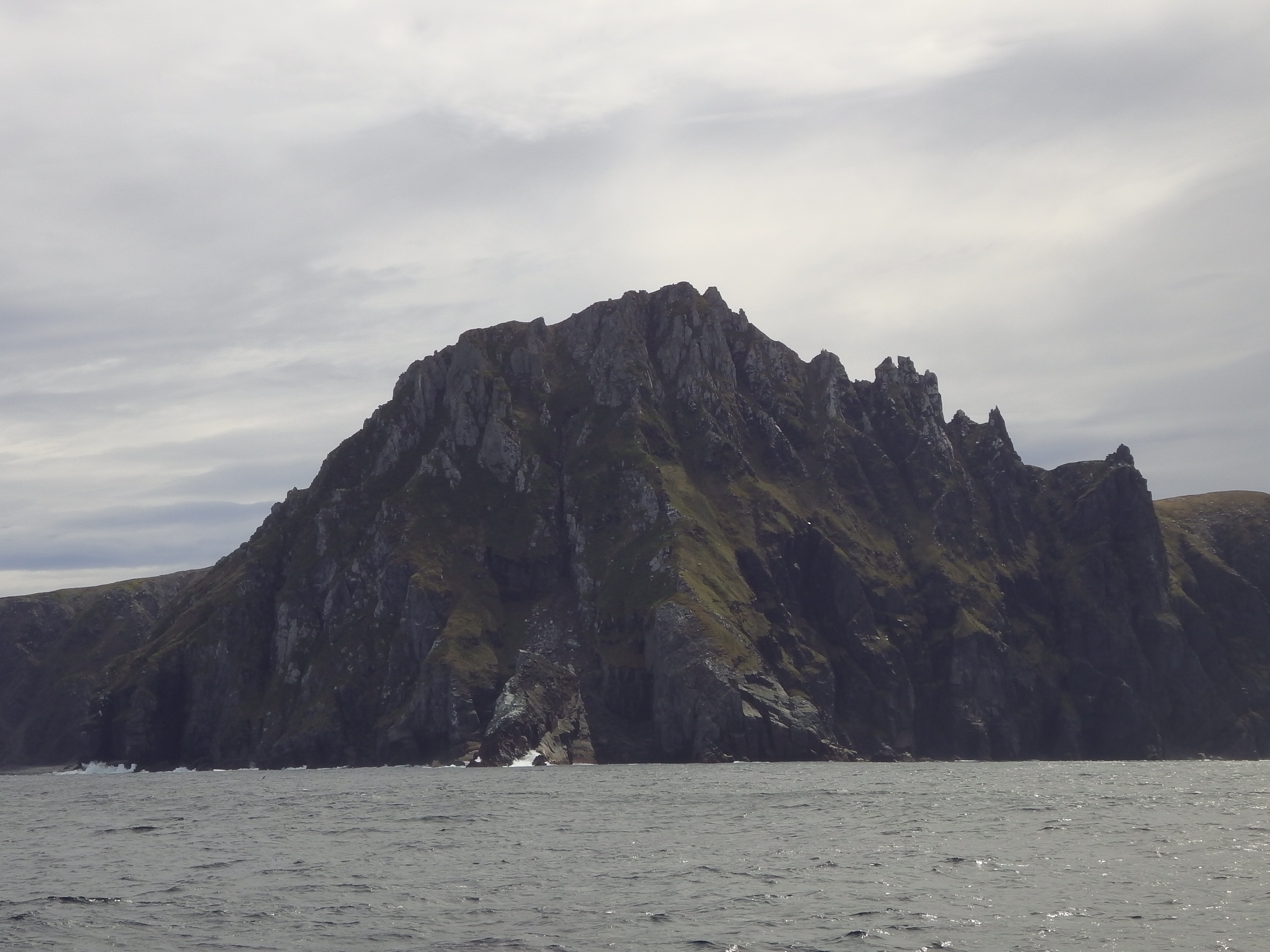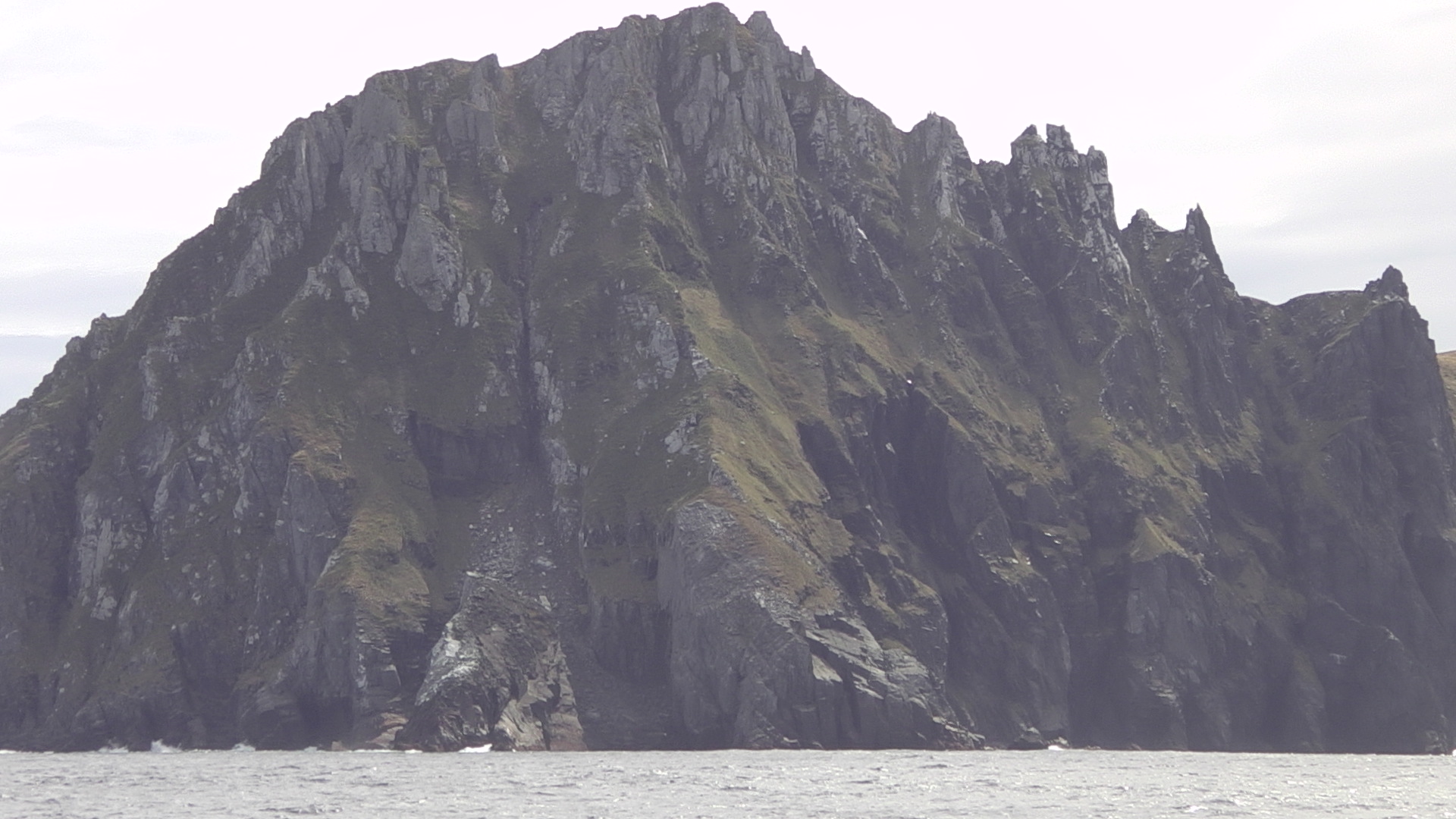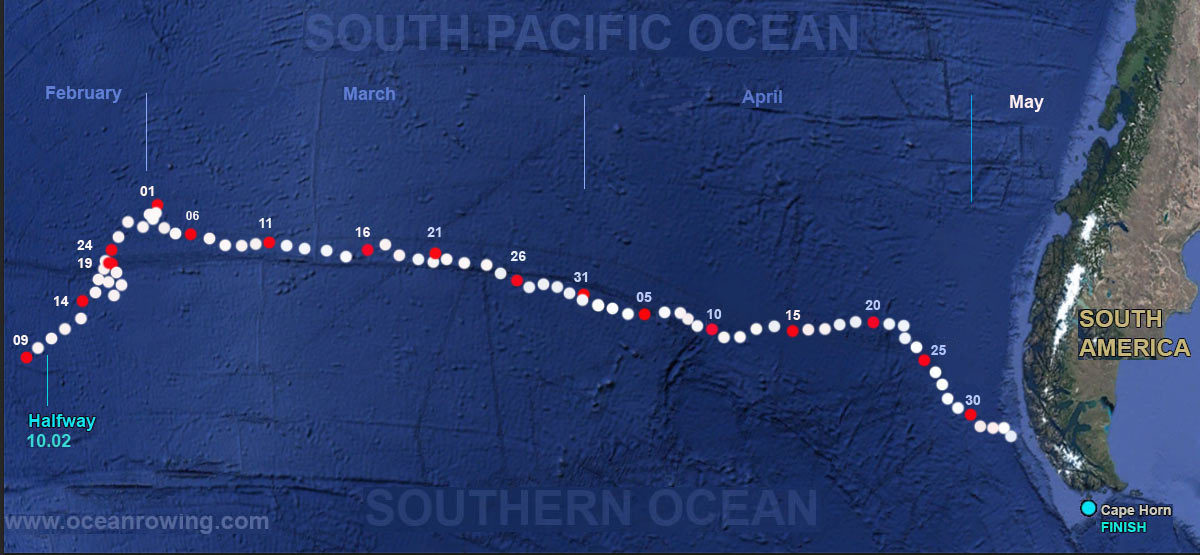Day 150. 250 nautical miles to Cape Horn
The entire week ahead is expected to be stormy. It is a very difficult task, rowing along the edge of the continental shelf. To my right, I have depths of more than 3000 meters, and to my left, the depth is just 300 meters and there is a coast nearby. Last night I survived the first storm with winds of 35-40 knots, and in a couple of days a second, more powerful storm is expected with forecasted winds of 40-50 knots. The wave heights of up to 10 metres are forecasted for May 7 and I have little room for manoeuvre.
There is no possibility of hiding behind the islands. The waves in the Southern Ocean are travelling at a speed of 50 kilometres per hour, and with a wind speed of 40 knots I will not be able to go around the islands, – the ocean will throw the boat on the rocks and grind it into pieces in a couple of hours. I can only survive if I manage to remain in open waters, I need to stay in the open ocean by any means necessary. The shape of the coastline works in my favour, the waves and the wind push me towards the coast, but the coastline itself turns to the East and I must try to go around it in an arc.
Today I have crossed the 55th parallel South for the first time. It can be stated with confidence that not a single rowboat has yet sailed at the 55th parallel in the Southern Ocean. There was an attempt to row from the Falkland Islands to Australia, but the Falklands are located at 52 degrees South latitude.
The Argentinean port of Ushuaia, the southernmost city on the planet, where my team is currently assembled, is also located on the 55th parallel South. Although we are on the same latitude with my team, we are in different weather systems and the cosy harbour of Ushuaia, which is well protected from the wind and ocean waves, is still very far from me.
This is akin to climbing in the Himalayas. At an altitude of eight thousand meters you can see the base camp, it looks like it is near, but it is still several days before you reach it climbing dangerous slopes. I am in a similar situation now, everything looks very close on the map, but I need to go at least 1 more degree South towards Antarctica in order to go around the group of Hermit islands that include Horn Island.
I realised that in my expeditions I paid the most attention to Cape Horn. This point on the map attracted me the most. I have been to the North Pole 3 times on skis, to the South Pole once, climbed Mt. Everest 2 times, to Cape Horn, and around Cape Horn 5 times on yachts. Now I am approaching it for the sixth time, this time on a rowing boat. I have never had calm conditions going around Cape Horn, every previous event was in a storm, regardless of the season, be it the summer or autumn months from December to April. This is the first time I am doing it in May. I have not yet been in the Drake Passage so late in the season. And I did not plan to arrive here so late, but the weather conditions in New Zealand delayed my planned departure time by exactly one month – I had to wait for the weather window opportunity to start the journey. We arrived in Dunedin on 4 November, but I managed to start rowing only on 6 December 2018.
I continue to head for the most southern island – Diego Ramirez. It is exactly 200 nautical miles from my boat on a straight line. I have logged 11 100 km (6,165 nautical miles) from New Zealand. Average daily distance logged is 41 miles.
